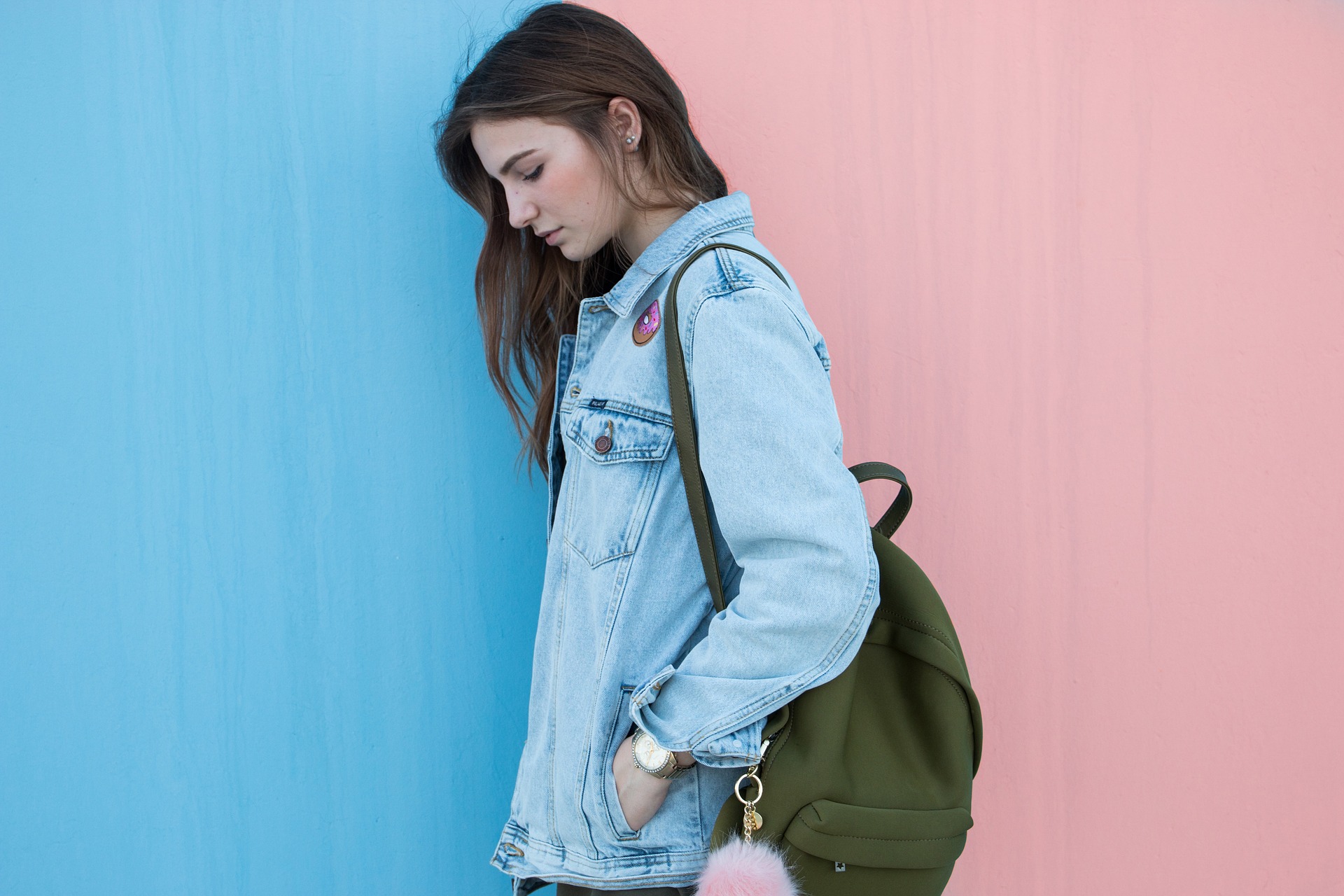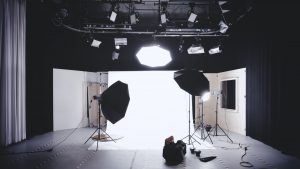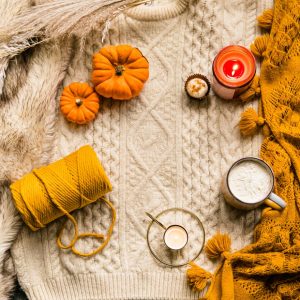Product photography is an essential part of any retail business, especially online ones. You want to showcase your products in the best way possible to entice customers to buy. One mistake businesses make is not investing in good commercial photography for their products. Good product photography makes a brand feel more legitimate and formal, which makes customers trust it more. It also makes your products shine and stand out. It’s not enough to just take a few photos of your products and let post-production do all the magic. You have to make sure you don’t make any of the common mistakes below so that your photos will turn out great.
Shooting Unprepared Garment
Just like in portrait photography, you have to prepare the model before beginning your shoot. In this case, the models are the products you’re selling.
To attract customers to buy your products, you have to present them in the best way possible. Wrinkles and creases will show on the camera, and you can’t just rely on photo editing applications to fix this because they can compromise the quality of your photo. Make sure to steam and iron your clothes before the shoot so they can look their very best. Also, check for lint and unwanted stickers before you proceed.
Another mistake is only bringing one sample from a collection. If a particular design comes in different colors and shades, get a piece from each to be photographed. Some businesses can be lazy and just shoot one sample from a design and change the color in post-production to showcase the other shades. Customers will see right through this and get discouraged from purchasing your products. After all, they want to know how the products actually look in real life.
Inefficient Lighting
Lighting is a big deal in photography and could make or break your shot. You don’t want underexposed photos. Make sure you have enough lighting to really showcase the clothes and get clear quality shots.
If you don’t have the budget to rent out professional lighting equipment, you can find a well-lit area and take advantage of natural lighting. For this, it’s best to have a reflector panel in hand. It’s also important to note that when using natural lighting, time is your enemy. So, you have to work quickly before the lighting changes.
Leaving Clothes on the Hanger
While some stores do just take photos of their clothes on the hanger, using a mannequin is better. The mannequin will allow customers to see how the product will look when worn. It’ll help customers figure out the shape and fit of the clothes they’re considering buying. And you can even do a little styling, such as pairing your products to make a cohesive outfit or making some minor adjustments such as tucking and folding.
A better option would also be to use a live model instead of a mannequin. Live models can be more flexible with their poses and angles. And if you have a wide range of sizes, it can be beneficial to get models with different sizes and body shapes for a more inclusive look. After all, your customers come in all different shapes and sizes. So, they could be more likely to buy your clothes if they can have a realistic visualization of how it’ll fit them through a model in a similar body shape or size as them.
Final Thoughts
Getting good product photography for your business can be an excellent way to showcase your clothes and apparel. It helps customers make a decision based on what they see. So, it’s best to present your clothes in the best way possible by preparing them beforehand, getting proper lighting, and having a mannequin or person model your clothes.
If you’re looking for some great product photography near Norcross, Armitage Photography offers high-end digital imagery. We also provide photo consultation, photo branding, and post-production services. Contact us today to get started!
For more information and how to book services, please reach out via email at aphoto.ja@gmail.com or via phone at 404.247.5458. And don’t forget to follow me on Instagram, Facebook, and LinkedIn for exceptional photo inspiration as well as photography tips and tricks.







